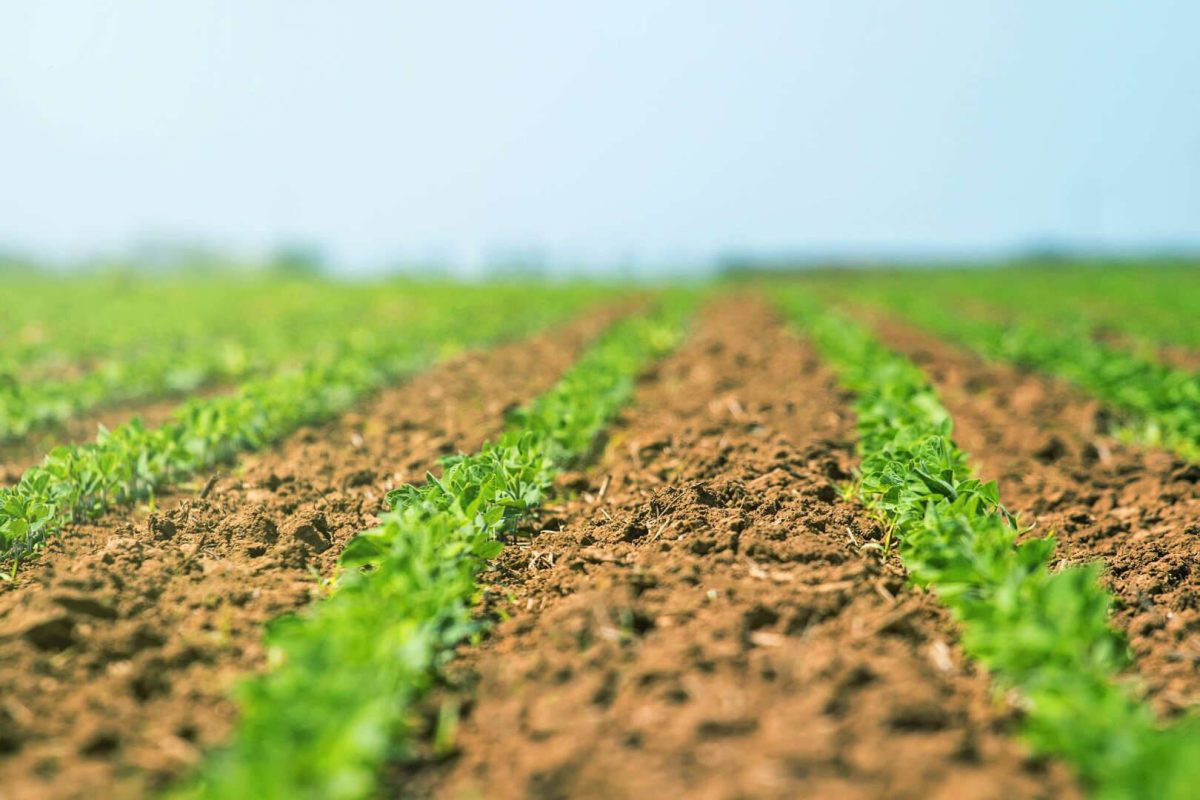Immaculate Spring Food Plots: Whitetails 365

Immaculate Spring Food Plots: Whitetails 365
When it comes to hunting big deer, food, habitat, and water are the three ingredients you need to have a stellar place. In this article, we are going to focus on one of my favorite aspects: food. I recommend having a balance of spring and fall crops, you want to be able to hold the trophy bucks on your place and keep them from leaving your place for the neighbors.
You may have frost seeded some clover and alfalfa this late winter/early spring. They’re excellent choices and if you could only do one thing, make sure you have clover and or alfalfa on your property. If you haven’t planted clover or alfalfa, there’s still time. You can till up a good seed bed, drill, or broadcast and cultipack your seed.
Now that you have a growing food plot, you have to put in some effort to maintain it. If left alone, a stellar clover field will quickly turn into grass. Maintaining a spring food plot is essential. Proper management of clover stands involves regular maintenance to ensure their health and longevity. Here’s how to effectively manage clover in your food plot:
Mowing
Mowing clover is beneficial for promoting dense growth, controlling weeds, and maintaining an optimal height for wildlife consumption. When mowing clover, it’s crucial to adhere to the “leave half, take half” principle. This means mowing the clover to approximately half its height so you don’t damage the growing roots and you also leave enough for regrowth. Typically, clover should be mowed to a height of four to six inches. You can do this with a brush cutter or mower. Some are even adaptable to be pulled behind an ATV.
Timing is crucial when mowing clover. It’s best to mow clover during periods of active growth, preferably in the spring and early summer. Avoid mowing during periods of drought or stress, as this can weaken the clover stand and inhibit regrowth.
Herbicides
Selective herbicides such as clethodim can be effective tools for controlling grasses and undesirable gras in clover stands. When applying herbicides to a spring food plot, follow these guidelines for optimal results. Apply herbicides when weeds are actively growing and before they become established and compete with clover for nutrients and sunlight. You will have best results applying two or three times a year. Early spring or late summer/early fall are typically the best times for herbicide application in clover stands. If you mow or brushcut your clover, give the clover and weeds a few days before applying the herbicide for best results.
I love incorporating some standing grains for late season, I’m talking about corn or soybeans. If you buy herbicide resistant corn or soybeans, they get expensive really quickly. The benefits to using herbicide-resistant corn and soybeans is that you can spray specific herbicides on your crop and that makes it easy for you and easy to control the weeds. However, if you have a hard time spending over $250 on a bag of corn, you could opt for untraited, conventional corn and soybeans. These will lack a lot of the benefits of the trated corn and likely yield less, but you will be able to put out an adequate crop for the wildlife. Conventional corn and soybeans are harder to control the weeds. You need to speak with someone at your local Co-op, or an agronomist, but there are adequate herbicides that you can use. Use herbicides labeled for corn or soybeans, if you can look into a pre-emergent or post-emergent herbicide that will suppress weeds in your field.
Equipment
You can use a tractor, lawnmower, or ATV for almost all of your needs. There is plenty of tillage equipment like discs, plows, tillers compatible for virtually anything. There are also a plethora of harrows, and cutilpackers to do soil finishing to prepare a good seed bed. Tank sprayers with booms, or boomless sprayers with a big wide fan tip are awesome when it comes to spraying food plots. When using herbicides, always read and follow label instructions carefully. Wear appropriate personal protective equipment (PPE), as recommended by the label. Don’t spray on super windy days, and don’t go too fast, or you won’t have the results that you want.
In conclusion, maintaining a spring food plot requires some planning and some work for proper management practices. You’ve put in the time and effort in the early spring to plant the food, but don’t lose it to the weeds. You need to control the weeds over the summer to have a pristine food plot that will draw the deer once the deer seasons open.
By Aaron McKinney
June 2024
Last Months issue of Whitetails 365 is here
Management for a Thriving Deer Season in 2024: Whitetails 365
Along with Next months found here
Looking for the Digital Version of the Iowa Sportsman June 2024?
Here are our other businesses check them out


